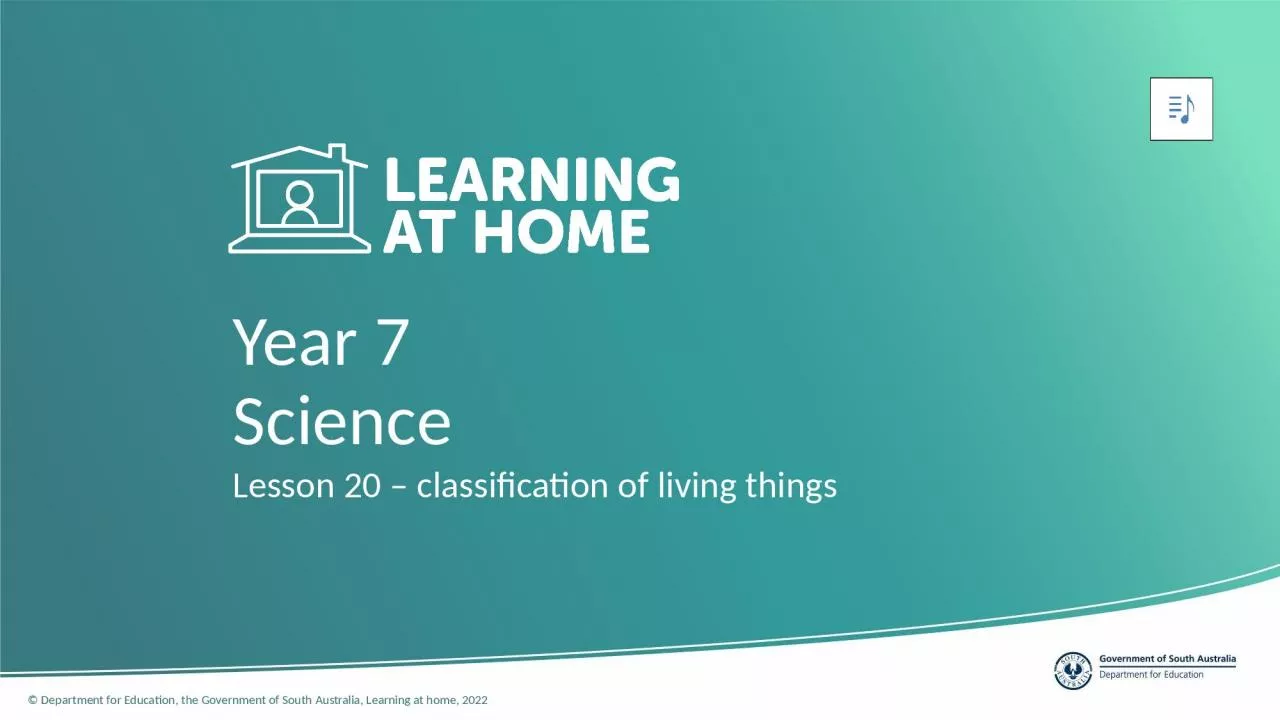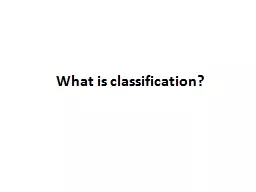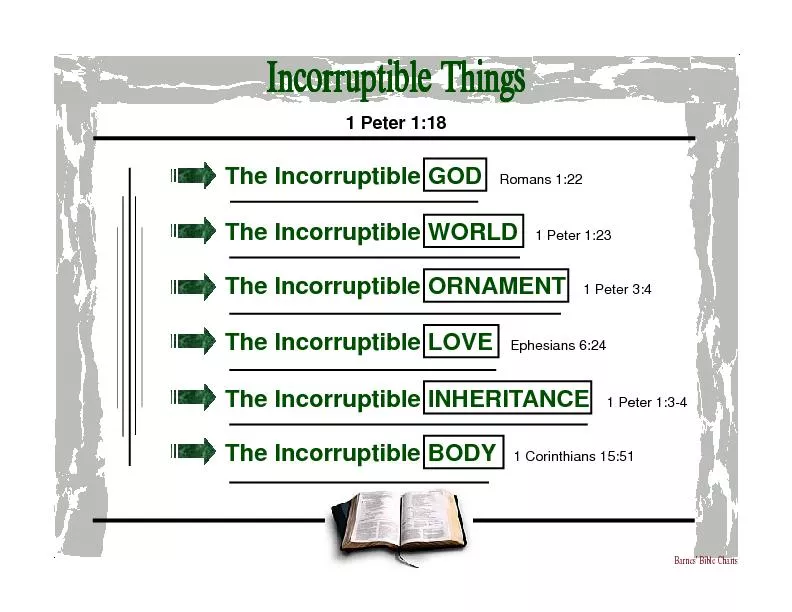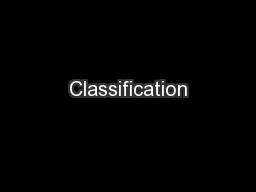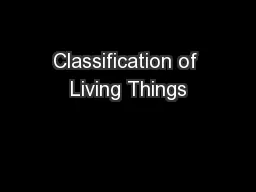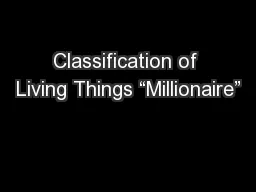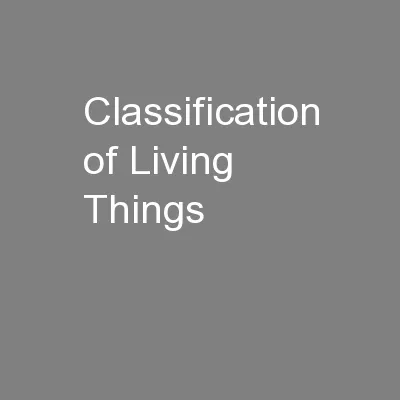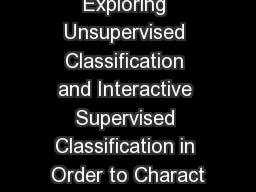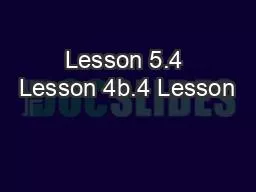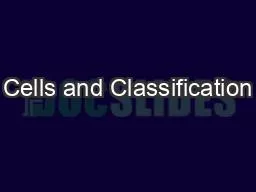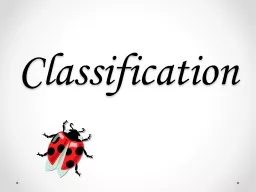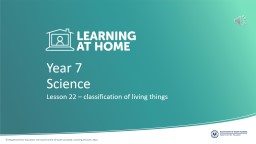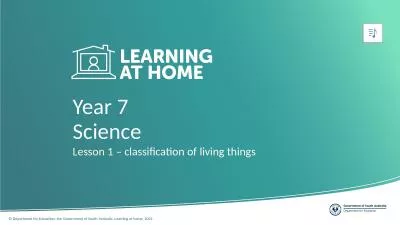PPT-Year 7 Lesson 20 – classification of living things
Author : daniella | Published Date : 2023-10-29
Science A pen and paper A digital device You will need Lesson 19 challenge answer Transparent wings Colourful wings Source all images Pixabay Learning
Presentation Embed Code
Download Presentation
Download Presentation The PPT/PDF document "Year 7 Lesson 20 – classification of l..." is the property of its rightful owner. Permission is granted to download and print the materials on this website for personal, non-commercial use only, and to display it on your personal computer provided you do not modify the materials and that you retain all copyright notices contained in the materials. By downloading content from our website, you accept the terms of this agreement.
Year 7 Lesson 20 – classification of living things: Transcript
Download Rules Of Document
"Year 7 Lesson 20 – classification of living things"The content belongs to its owner. You may download and print it for personal use, without modification, and keep all copyright notices. By downloading, you agree to these terms.
Related Documents

